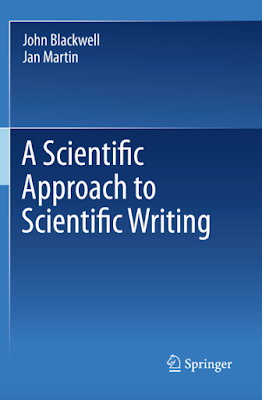How Innovative Approaches Can Help Reduce Mortality from One of the Deadliest Diseases Worldwide
The management of lung cancer, which in many cases is a deadly disease, is likely to change in the near future as the field adopts new strategies for diagnosis and treatment. A more fine-grained and stepwise approach to screening, and pharmaceutical and surgical innovations could help to fight the disease.
Read more: Circulating Tumor Cells (CTCs)
Source: HealthcareSiemens









